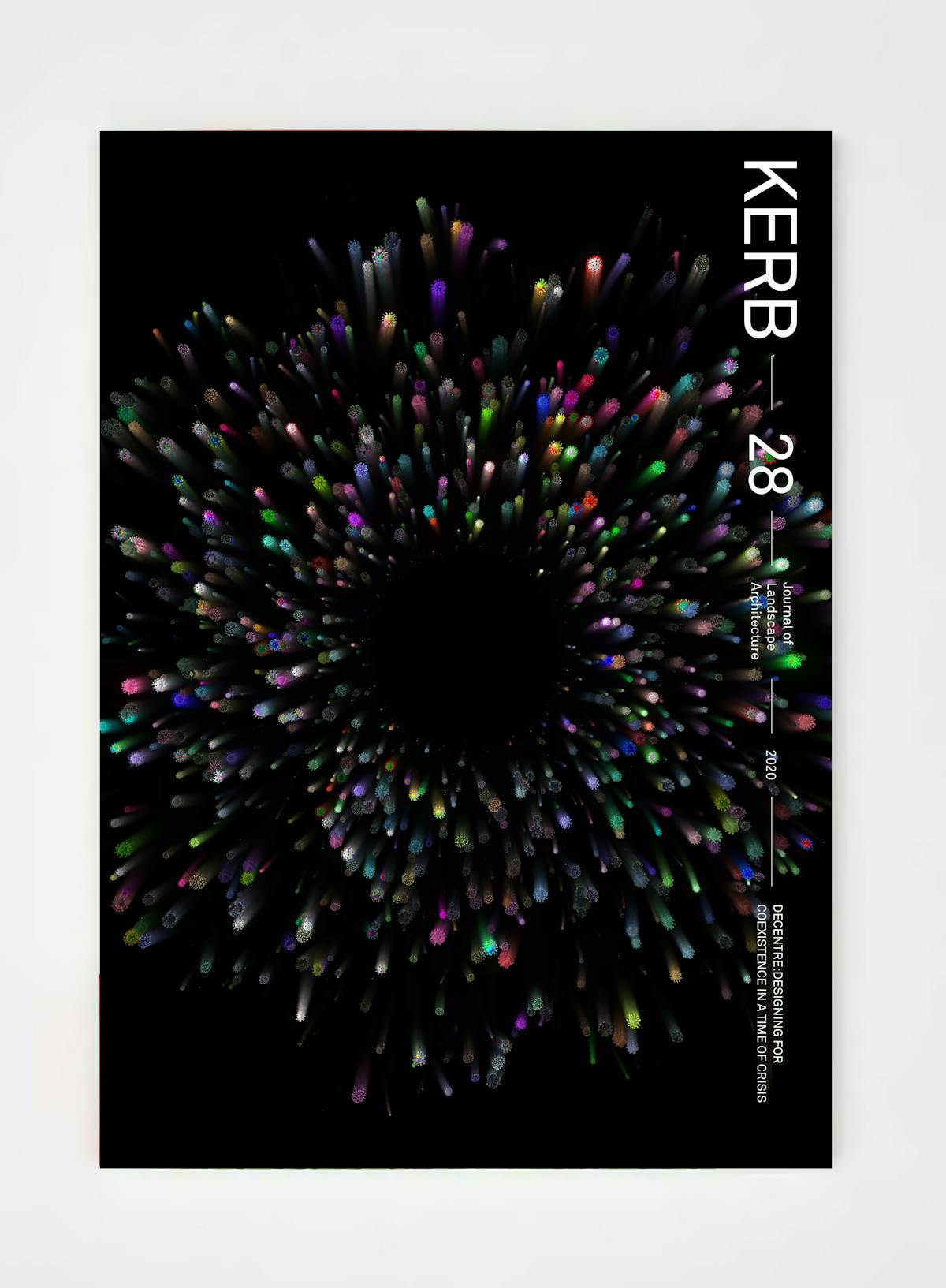
Still from film Land/Scape courtesy of Giorgiana and Dondolo
Land is shaped as land shapes
In the Valley of Sagana, in North-western Sicily, Italy, as environmental humanists working with words and moving images, we spent six months doing ethnographic fieldwork with permaculture designers Simona Trecarichi and Danilo Colomela at Thar dö Ling – Centre for Development of Consciousness. Even though in human terms it was “their land”, we were aware that the place was crafted by and shared among a diverse biotic community. Water. Wind. Bacteria. Plants. Insects. Birds. Frogs. People. Donkeys. Fluid multispecies and elemental assemblages. Land. What is “land” beyond ground and soil?
Land
Drawing on Tim Ingold, land is the all-encompassing ‘weather-world’,1 full with expressiveness and agentic capacities, ‘where every being is destined to combine wind, rain, sunshine and earth in the continuation of its own existence’.2 In permaculture design, humans adapt to a set of guidelines and the threefold ethics of earth care, people care and fair share,3 to weave nurturing relationships with land. As Simona and Danilo explain:
‘Since the beginning of our project we’ve had to face a problem: that of keeping the grass low, as we live in a fire prone area. After our introduction to permaculture, we learnt that there were different ways to address this issue, particularly through the introduction of herbivore animals.’4
Footnotes
-
According to Ingold, land is not an interface that separates the ground-world from the sky-weather. It is ‘a zone of admixture and intermingling’, where creatures live “in” and not “on” it. T Ingold, Being Alive. Essays on Movement, Knowledge and Description, Routledge, Abingdon, 2011, p. 119-120. ↩
-
Ibid. 115. ↩
-
See B Mollison, Permaculture: A Designers’ Manual, Tagari Publications, Tyalgum, 1988; D Holmgren, Permaculture: Principles and Pathways Beyond Sustainability, revised edn, Melliodora Publishing, 2017. ↩
-
S Trecarichi and D Colomela. Edited extracts of interviews translated from Italian by the authors, 2019. ↩
